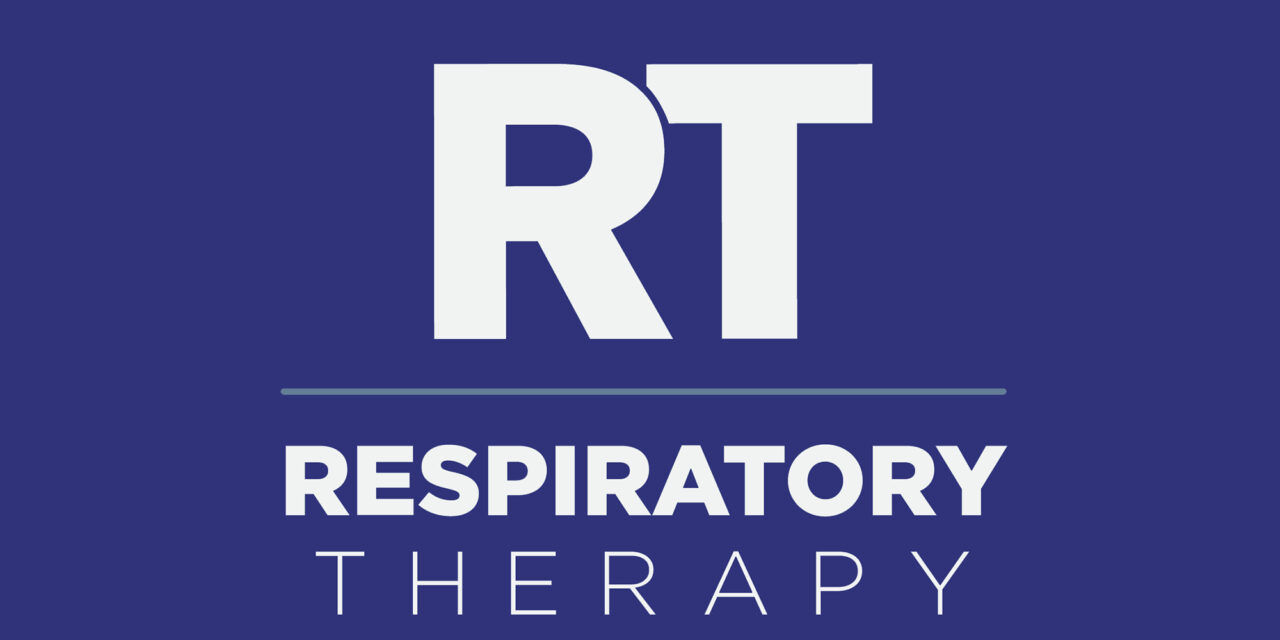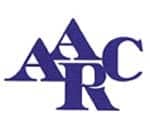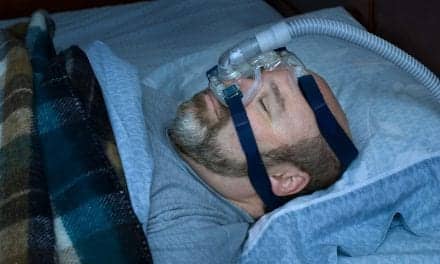Can respiratory therapists and sleep techs settle their differences concerning professional autonomy and scope of practice and just get along?
By Tom Smalling, MS, RRT, RPFT, RPSGT
Several years back, I was sitting in a room full of sleep technologists at an Association of Polysomnographic Technologists (APT) conference meeting concerning a licensure issue in New York State. Sleep technologists were being restricted from practicing due to conflicts with a respiratory therapy practice act. As a member of the Board of Directors of the New York State Society for Respiratory Care, I felt it was time I stood up and spoke on behalf of the Society and of the respiratory therapy profession. Their reactions to my presence were understandable (akin to a Yankee fan sitting in Fenway Park). Nevertheless, I was there to try to address the miscommunication that I feel has been the source of hostility and resentment between individuals from the two professions.
Since that meeting, the level of communication has improved, but it is far from where it ought to be. Efforts toward improvement have been hampered by clashes between respiratory therapy practice acts in many states and the mounting legislative efforts by sleep technologists and the APT to defend the scope of practice of their profession as a distinct discipline. Compounding this issue of overlapping scopes of practice has been the multidisciplinary nature of the field of sleep technology as evidenced by the establishment of accredited curriculums with polysomnography concentrations in electroneurodiagnostics (CoA-END) and respiratory therapy professions. The arguments concerning professional autonomy and scope of practice have centered on high-profile issues, including training standards; national credentialing; use of CPAP, bilevel PAP, O2 titration, and other respiratory therapy modalities in sleep laboratories; patient safety and technical competencies; job descriptions; public access to sleep services; and workforce shortages.
Education and Training
Many RTs have used the lack of standardized curricula, paucity of accredited sleep programs (there are currently only six accredited electroneurodiagnostic technology programs offering sleep technology), and minimal education requirements as the basis for arguing against licensure exemption. Ironically, many sleep technologists argue that these are the circumstances lacking in respiratory therapy programs.
Given recent developments in both professions, winning this argument appears unlikely. A year ago, the Commission on Accreditation of Allied Health Education Programs (CAAHEP) approved the request of the APT to be eligible to participate in the CAAHEP system and to form a Committee on Accreditation for Polysomnography (CoAPSG). The formation of a CoAPSG will allow for the establishment of accredited educational programs for polysomnography that will standardize education and entry into the profession. The summer of 2003 also marked the completion of standardized educational materials for teaching and assessing polysomnography, which have been developed by APT. CAAHEP also has recently approved a request by the Committee on Accreditation for Respiratory Care (CoARC) that will allow RT programs to apply for an optional specialized accreditation status in poly-somnographic technology, similar to that already allowed for electroneurodiagnostic programs. The American Association for Respiratory Care (AARC) also has been moving closer to forming a specialty section in polysomnography.
Credentialing
In contrast to the debate on educational standards, the once-controversial issue questioning the validity of the national credentialing examination in polysomnographic technology now appears to be resolved. The National Commission for Certifying Agencies (NCCA) has accredited the credentialing program for Registered Polysomnographic Technologists (RPSGT) offered by the Board of Registered Polysomnographic Technologists (BRPT). To accomplish this, the BRPT had to gain independence from its professional organization, the APT. The RPSGT credential is now seen as objective evidence that an individual is qualified to perform polysomnography, and has been used as a criterion for qualification for licensure exemption. The process is governed by standards of conduct and a strict code of ethics, and is held accountable through a judiciary process administered by the BRPT to assure public health and safety.
Most RTs and sleep technologists would agree that there is no aspect of diagnosing and treating sleep disorders more important than patient safety. It is this issue of protecting public health that is at the core of all licensure acts—and many of the debates between sleep technologist and respiratory therapists.
As an RRT and an RPSGT, I hear both sides on these issues. Some sleep technologists say that respiratory therapists “have no place in sleep” or that respiratory therapists “claim to own sleep.” Some RTs feel strongly that sleep technologists should not be allowed to practice in their profession because they have no license.
These kinds of comments are divisive and reflect a misconception of this complex issue. Sleep technologists who proclaim that respiratory therapists do not belong in this field should be reminded of the multidisciplinary nature of the profession and the fact that RTs have demonstrated professional competence by obtaining the RPSGT credential, and should be given the same courtesy and respect as electroneurodiagnostic technologists who have achieved the same status. RTs who cast stones should be reminded that decades ago we were battling other professions who questioned our very existence merely because we were not licensed. Had we given up our fight to achieve professional autonomy years ago, where—or who—would we be now?
Collaboration?
Should AARC and APT collaborate to reach a collective solution to these issues? Collaboration between these two professional societies has occurred in the past. The AARC-APT Clinical Practice Guideline (CPG) on Polysomnography was developed jointly by the AARC Cardiopulmonary Diagnostics CPG Focus Group and representatives of the APT in 1995 and is currently entering a revision process. Leaders from AARC and CoARC participated in the process that brought about the formation of the CoAPSG. It would serve the best interests of all those involved if CoARC, CoAPSG, and CoA-END/PSG worked collaboratively to ensure consistency and excellence between their respective accreditation standards.
Yet if polysomnographic technologists are to achieve professional autonomy, APT must do more. If providing quality education to prepare health care students for a career in polysomnography is truly vital, establishing a minimum of a 2-year curriculum as part of a higher education degree is critical to the future of the profession. Although the question of whether sleep technology training programs for both entry-level and continuing education should exist solely at a formal, integrated, degree-granting institution is still debatable, the professional payoff for establishing associate degree programs as the exclusive venue for entry into the profession is more tangible and ideal. Sleep laboratories operating independently from any higher education institution do not have the resources at their disposal to meet the accreditation standards for training polysomnographic technologists.
Whether or not sleep technologists or RTs should practice is not the issue. The issue is education and competency. Regardless of whether an individual completes a sleep training program accredited through CoARC, CoA-PSG, or CoA-END, the practitioner should be judged by peers and the public for competency and the RPSGT credential. Having been the only RRT to serve on the APT curriculum committee that developed the standardized outline with learning objectives for the APT, I was treated not with disdain for being a respiratory therapist, but as a fellow health care professional with a diverse educational and clinical background who could contribute to the field of sleep technology. I have had the privilege of serving for several years with some of the most professional and knowledgeable individuals I ever met. The fact that some were not licensed was irrelevant.
Electroneurodiagnostic technologists, RTs, and sleep technologists can capitalize on their unique educational backgrounds and take the next step forward by embracing the multidisciplinary nature of the field of polysomnographic technology and sleep medicine. They can use their backgrounds to help educate fellow sleep professionals, patients, and the public. Sleep technologists, like RTs, are devoted to promoting and advancing their field. Controversies surrounding it will not be resolved today, but they will be resolved one day.
You see, even though Yankee fans and Red Sox fans have differing opinions and deeply held beliefs, they share a common passion that unites them: a love for the sport.
RT
Tom Smalling, MS, RRT, RPFT, RPSGT, is a clinical assistant professor at SUNY at Stony Brook, NY, a member of RT’s editorial advisory board, and a Yankees fan. For more information, contact [email protected].









